We recently connected with Phillip Schwartz and have shared our conversation below.
Hi Phillip, thanks for joining us today. We’d love to hear about a project that you’ve worked on that’s meant a lot to you.
The project that has been the most meaningful to me up until now is a site specific installation that I did at Christ Episcopal Church in Hudson, NY. It was called, “Shoa: a Meditation on the Holocaust.” It featured a series of self portraits done in egg tempera that represent me in situations I might have found myself if I had been born in Europe anywhere from about 1900 to 1940. The installation also included 13 textile works some of which were banners that hung down the center aisle of the church and others were altar frontals. All of the textile work was based on photographs from the archive of the Holocaust Museum in Washington, DC. Most of my father’s extended was murdered by the Nazis and I grew up with the holocaust being ever present but not often spoken of. I did the paintings so that they would relate to the Stations of the Cross which represent the passion of Christ. The original working title for the project was, “Stations of the Holocaust.”
The installation was to have had a companion show of my Holocaust themed quilts at Hudson Hall, an art venue in Hudson but I was forced to withdraw from that following a meeting during which the executive director said to me me, “You’re Jewishness and the Jewishness of your work have become a concern to members of our board.” She also planned some changes to the programming that would occur during the exhibit which I didn’t feel I could accept. I felt that both her statement and her planned changes were inherently anti-semitic which I told her but she refused to admit that or apologize to me so I felt I needed to end our association.
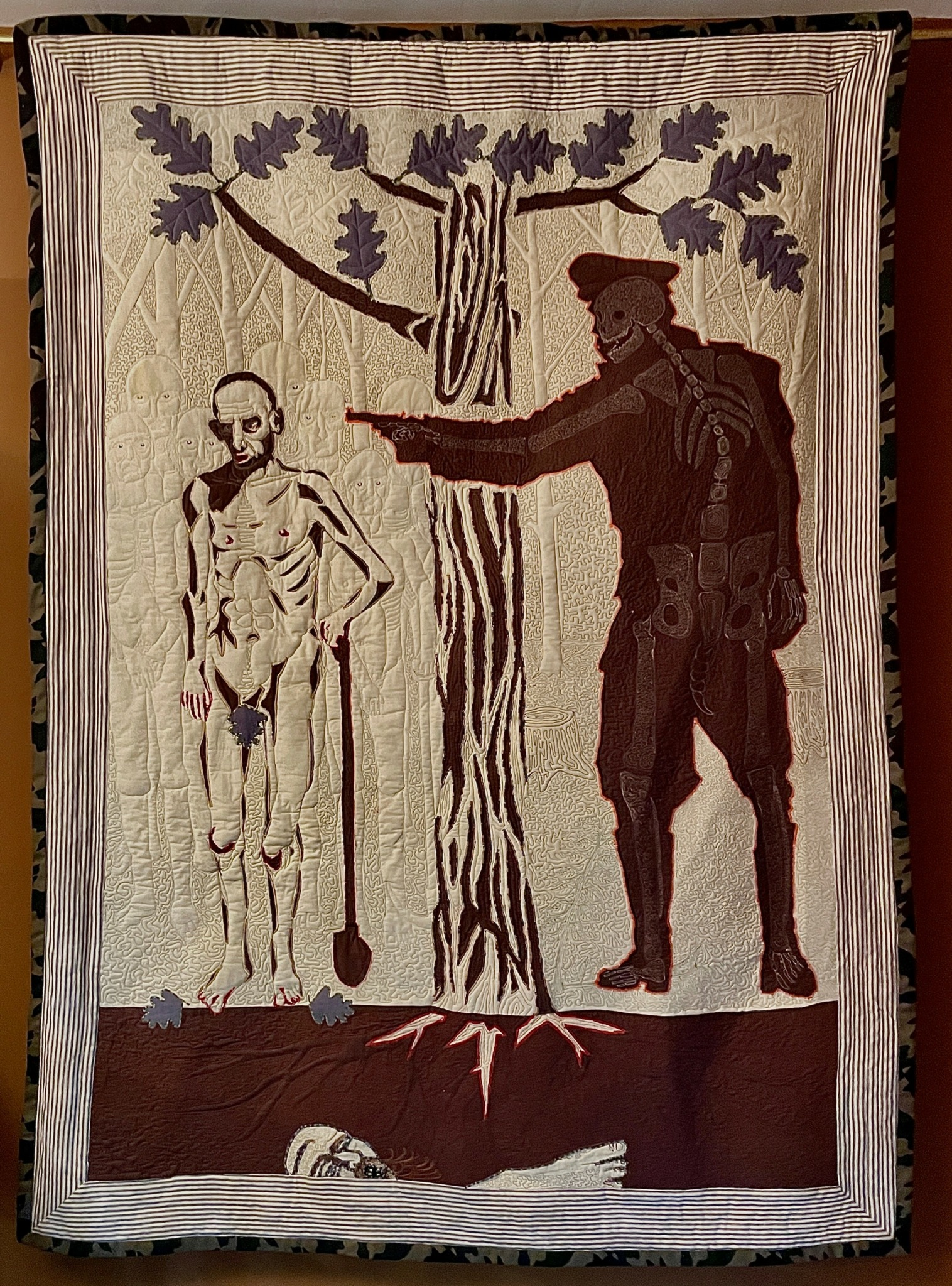
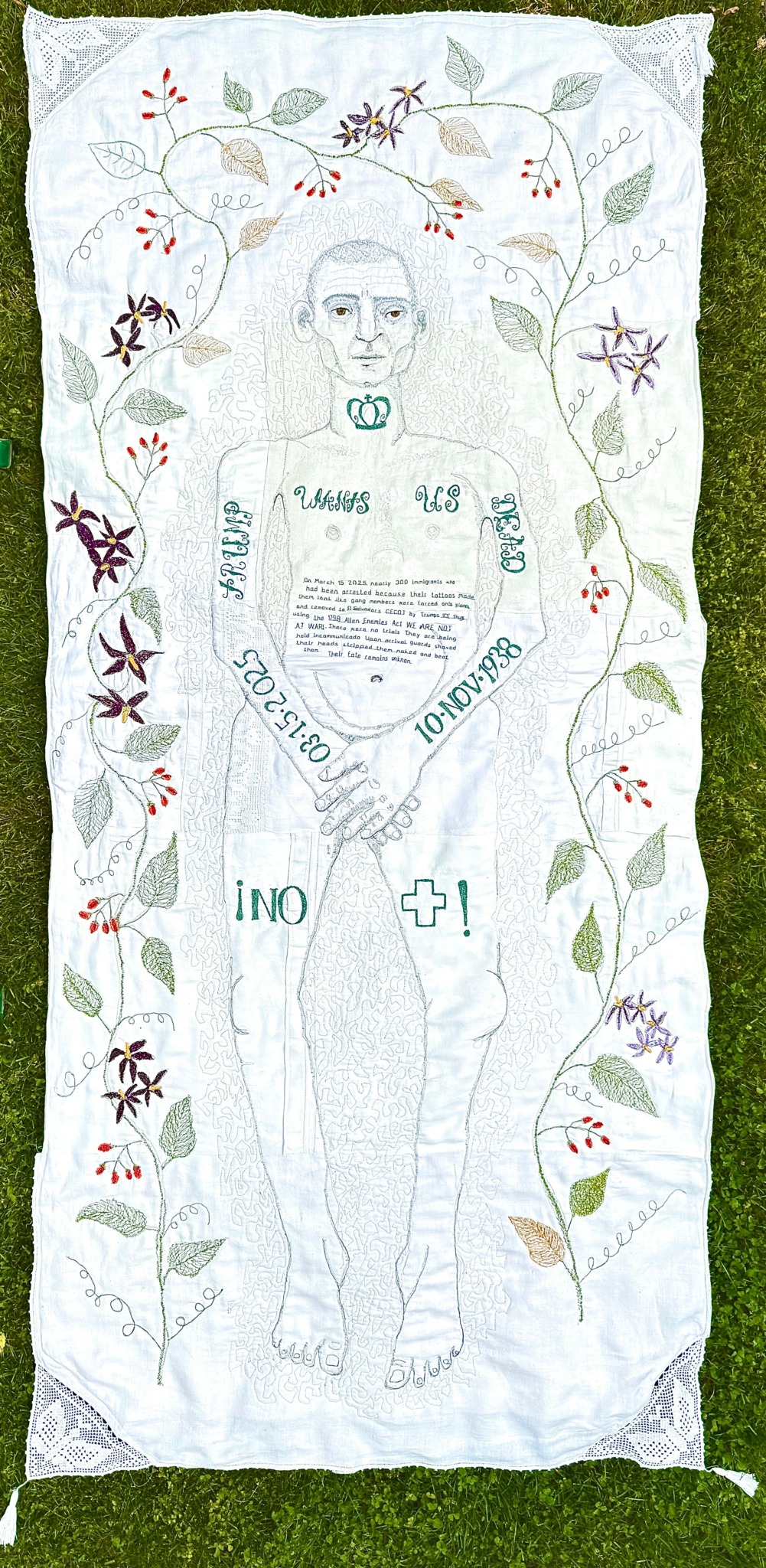
Phillip, before we move on to more of these sorts of questions, can you take some time to bring our readers up to speed on you and what you do?
I have wanted to be an artist for my entire life. I put a lot of energy into making art during my childhood and I’ve really never stopped. I went to art school where I thrived for the first time in an educational setting. I was awarded a traveling scholarship when I completed my studies and used the money to travel around Eastern Europe which was still communist at the time. During that trip I met a surprising number of holocaust survivors. I wasn’t able to have in depth conversations with any of them because they didn’t speak English and my Yiddish language skills were insufficient. I listened to them tell me long stories in Yiddish and lamented that I could only understand a small percent of what they told me.
I had what I considered to be a fairly successful period of showing my work and being invited to speak as a visiting artist until about 1992 when my HIV status was reported in an article about an HIV/AIDS themed Exhibition that appeared in the Boston Globe. During the interview for that article a timer went off reminding me to take a pill and I didn’t know that I needed to tell the reporter to keep that off the record. Following that rumors of my death spread in Boston’s insular art community which led to my receiving fewer and fewer invitations to show my work. I once was told by a friend that she had seen a piece of my work, which I had sold years earlier, in a secondary Gallery labeled, “Phillip Schwartz, b. 1964, died of AIDS 1992.” She told the gallery owner that she knew me and that I wasn’t dead but that wasn’t enough to convince him to correct the label.
In 1996 I became very ill and wasn’t expected to live but throughout my illness I continued making art. I found that I could draw and use gouache from bed and I could sketch even during my hospitalizations. But my career lost momentum. I made a lot of work that I didn’t get to show but in recent years I’ve become more proactive about applying to as many open calls as I can.
I was extremely happy last year to be a finalist for the Arte Laguna Prize which gave me the opportunity to have my piece, “Passion Fruit” included in the Arte Laguna finalist’s exhibition at the Arsenale Nord in Venice.
I’ve been very fortunate to have had my work included in some wonderful exhibitions. My piece, Baby Quilt, which is about the Nazi policy of killing of children during the holocaust, was exhibited at the Texas Quilt Museum in La Grange, in Excellence in Quilts III, a show sponsored by Fiber Art Now. An image of one of my paper cutouts will be published in the autumn, 2025 issue of that same magazine.
I think I’ve entered the most artistically fruitful period of my life at 61. I’m more productive now than ever and some of the work I’m making is getting exhibited which is very satisfying.
I’m grateful for every opportunity that presents itself partly because I lost a lot of time during the the pre-cocktail years of the AIDS epidemic while I grieved over the loss of my friends and community to death and struggled for my own survival, while being told to prepare for an imminent death.
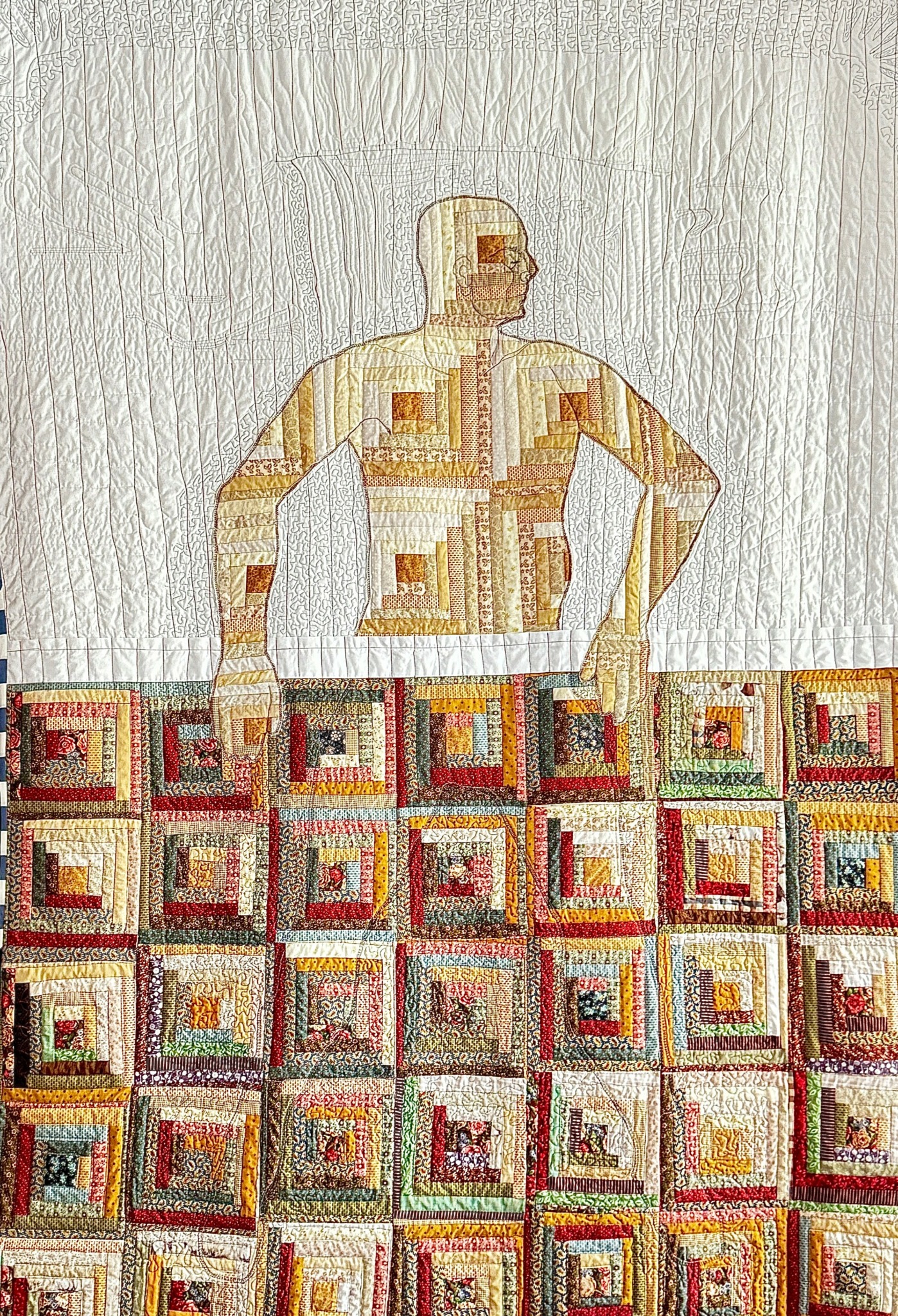
In your view, what can society to do to best support artists, creatives and a thriving creative ecosystem?
Artists are faced with challenges in many ways that people who have more traditional careers aren’t. Most of us face financial uncertainty which can make even having a place in which to work impossible. If there were more available subsidies for artists to obtain housing and studio space and health insurance, it would improve the lives of a lot of people and we would see much more art being made. Creatives are often forced to work full time simply to support their art. I know very few artists who are able to support themselves solely with income from the art they make. For years I lived with the fear that I’d lose my health insurance if I wasn’t able to work enough hours and when I was ill it wasn’t easy to keep a full-time job and work in the studio.
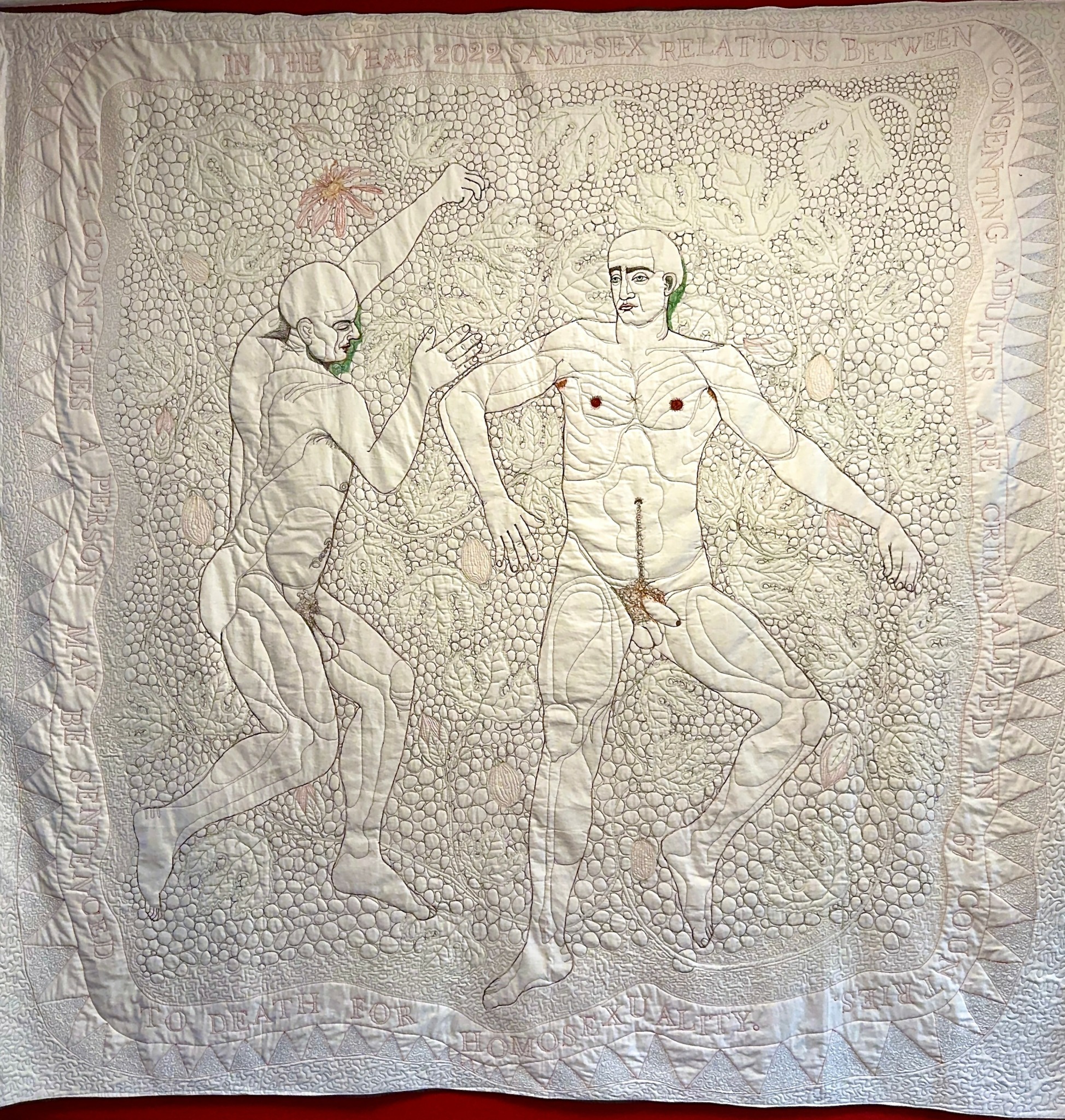
What do you think is the goal or mission that drives your creative journey?
If I have a mission, it’s to force people to look at and think about things that they would rather not deal with. Much of my work is about societal ills such as homophobia and the criminalization of same sex relations that is spreading around the world. I want people who see my holocaust work to not only be reminded of historic events but to understand that it can happen again and it can happen anywhere. Our country’s descent into authoritarianism is about as clear and frightening an example of that, that I can think of.
Contact Info:
- Website: https://www.phillipschwartz.com/
- Instagram: @phillipschwartzart
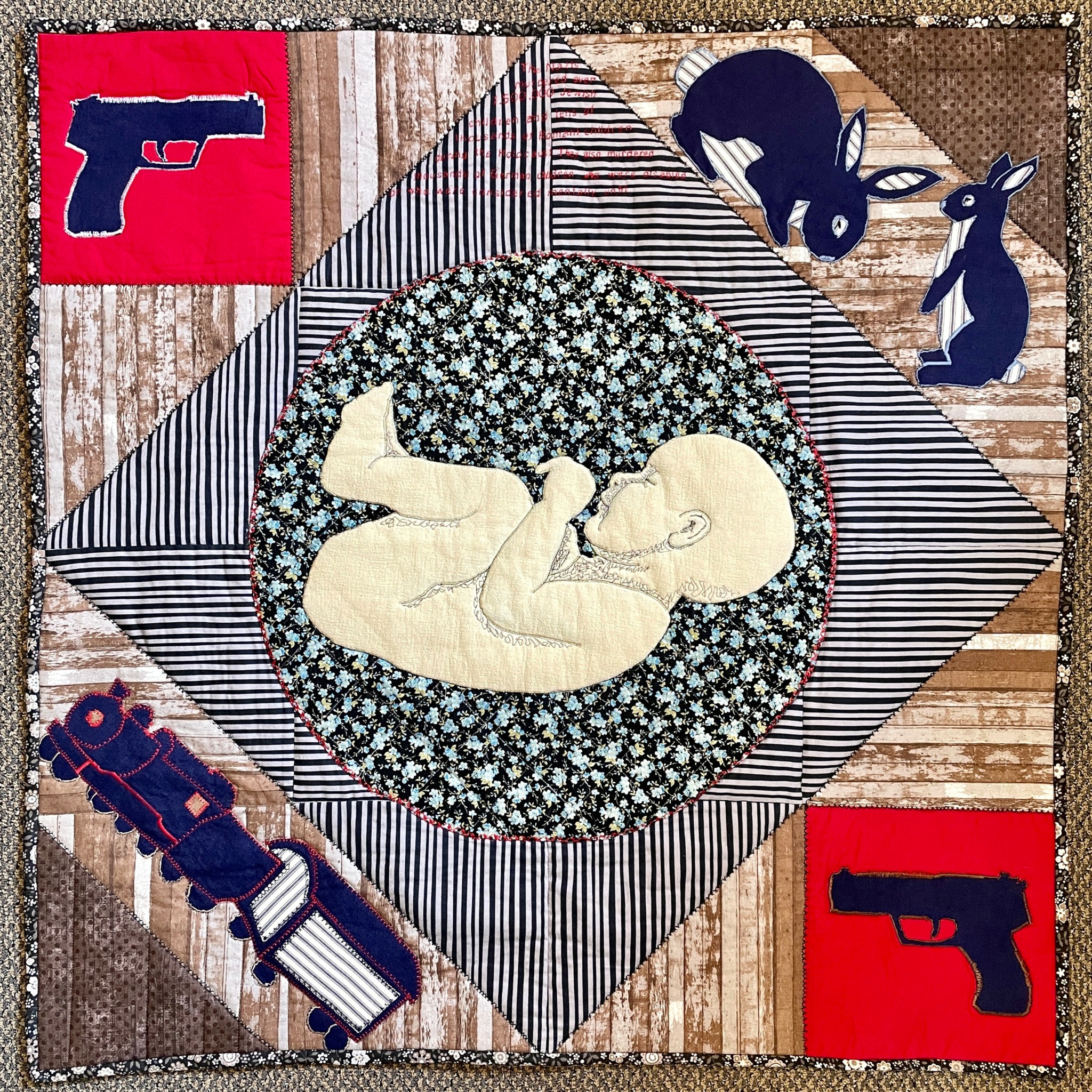

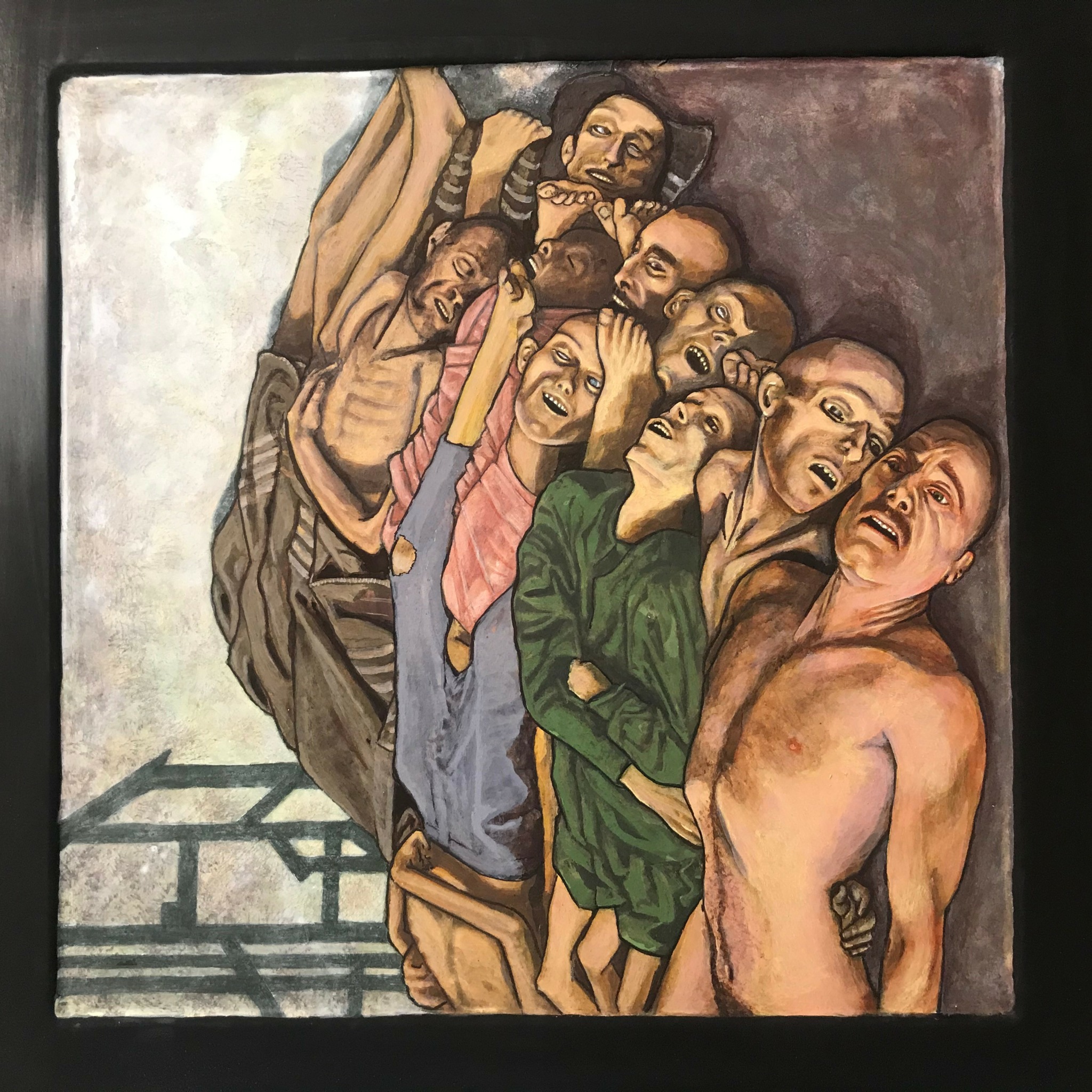

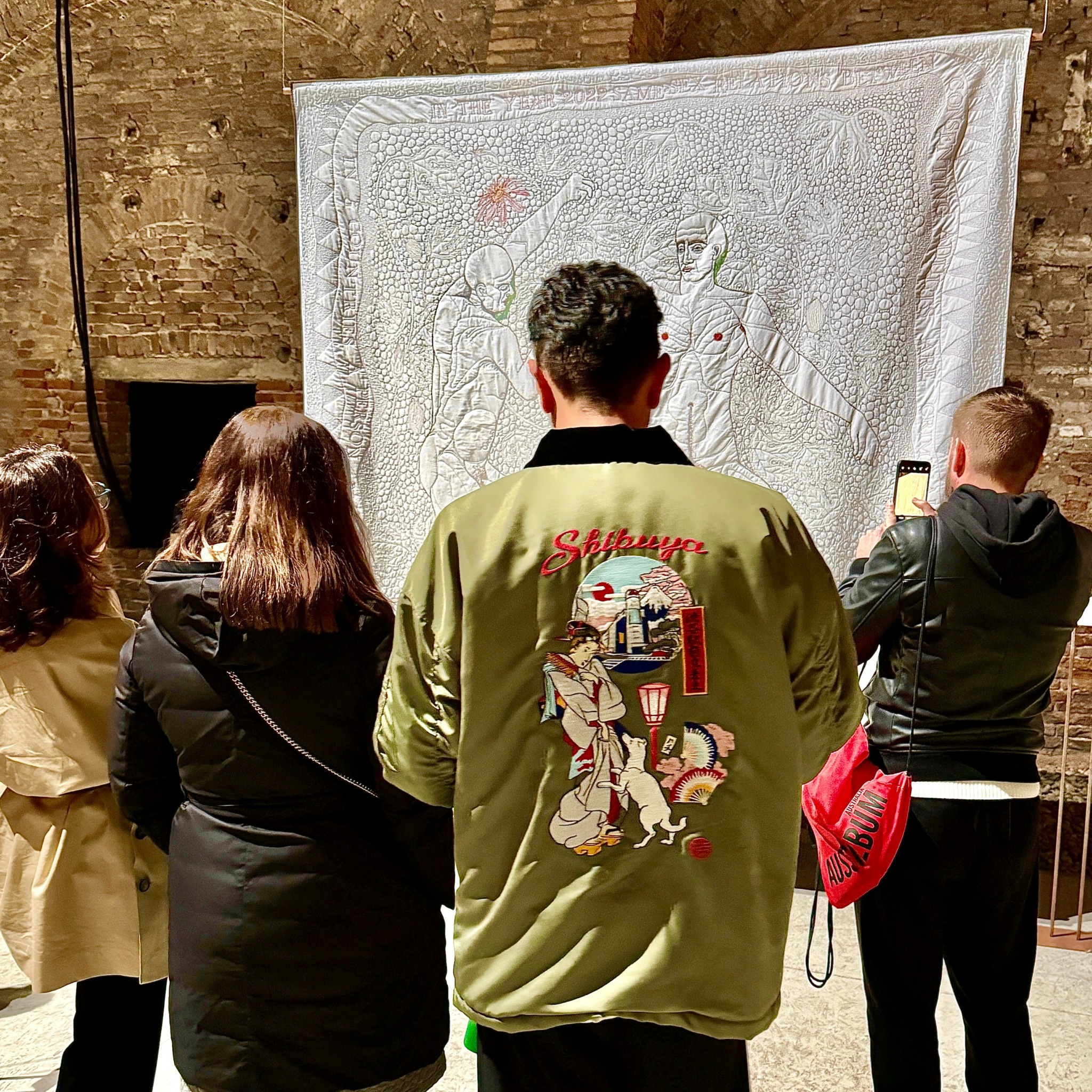

Image Credits
I took all of the pictures with the exception of the picture of “Passion Fruit” being installed in Venice which was taken by Karma Barnes and the picture of the piece being viewed in Venice which was taken by my husband Dale Schafer.


